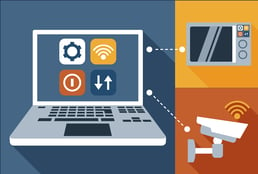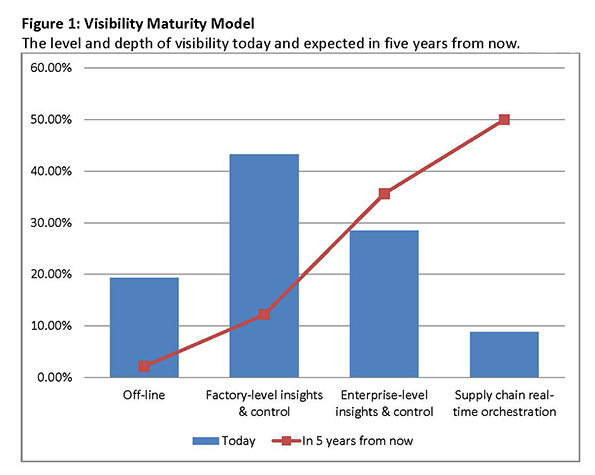 One definition of Digital Business is when “physical assets become digitalized and become equal actors in the business value chain.” Your car, for example, is an asset that was once primarily physcial.
One definition of Digital Business is when “physical assets become digitalized and become equal actors in the business value chain.” Your car, for example, is an asset that was once primarily physcial.
Many of today's cars (and certainly the cars of tomorrow) are largely software. And I'm not only talking about your navigation system or speculating about autonomous cars when I say software. Previous generations of cars used a mechanical device called a carburetor to blend gasoline and air and control how much of the mixture was delivered to the combustion chamber. Now, the blend between air and fuel in your engine is controlled with computerized fuel injection systems that use sensor data to optimize engine performance.
Physical assets are going digital, no question. Changes in the business value chain are something to keep close watch over as assets migrate away from the physical realm.
Let's take a look at real world examples. Coninue reading to see how Siemens and General Electric are digitalizing operations to leverage IoT Opportunities now.
Siemens’ Amber Electronics Plant, Germany
Product: This plant produces electronic devices that are used to automate machines and equipment, like those used in industrial manufacturing plants (including the very plant in which the devices are manufactured!) and to control commercial mechanical processes like ski lifts and on-board systems.
Digitization:
- The manufacturing process is 75 percent automated.
- A barcode on each circuit board allows it to communicate with production machines.
- 1,000+ scanners document the entire manufacturing process in real time, recording metrics like temperature and quality test results.
- 50 million pieces of process information are generated each day.
Outcomes: The plant produces one unit every second, 12 million units per year, with a production quality of 99.99885 percent.
GE’s Durathon Battery factory, New York
Product: This plant produces sodium nickel powered batteries. The key component of these batteries is a sodium tube, which accounts for two-thirds of the total manufacturing process.
Digitization: 10,000+ sensors continuously measure temperature, humidity, air pressure and machine operating data.
Outcomes: GE plans to use sensor data from products sold to track the manufacturing history and use profile over the entire product lifecycle “to accelerate learning.”
Small and Mid-Sized Manufacturers
How does what's going on now at an electronics plant in Germany and battery factory in New York apply to you?
Large manufacturers have the resources to run pilots like the two above; they are among the first to incur the cost of applying IoT technologies and reap benefits that pave the way for small and mid-sized manufacturers to adopt similar practices to varying degrees.
Recall one of the benefits of IoT is greater access to real-time data.
Data promises insight and control, and agile supply-chain management. How do your systems stand to benefit from an increase in connection, and what would more data points mean for your level of insight and control?







